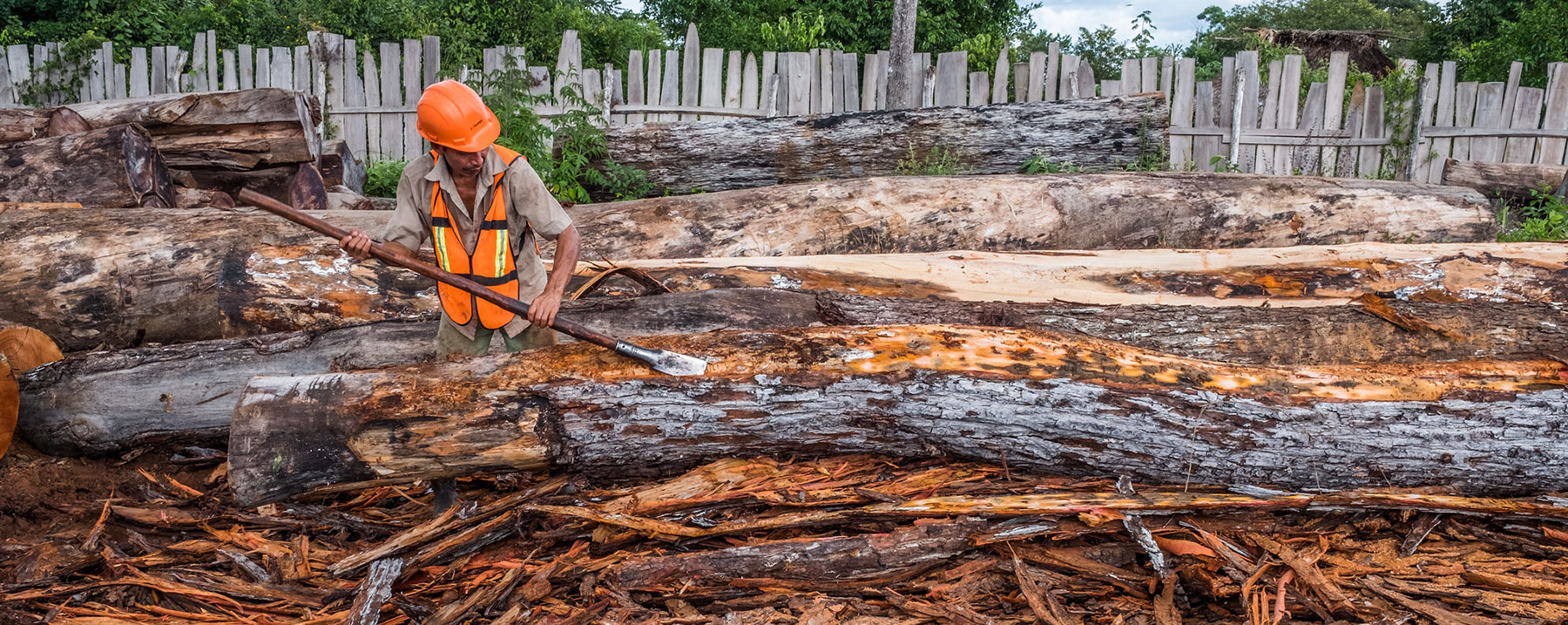Tools and Approaches
QUICK ACCESS:
Political Economy Analysis and Thinking and Working Politically
Political economy analysis (PEA) is an iterative process that examines how power dynamics and socioeconomic forces influence a particular national context, sector or development problem. PEA supports a more politically informed way of working, known as “thinking and working politically” (TWP), and can generate evidence to strengthen cross-sectoral analysis of biodiversity conservation problems. BRIDGE seeks to improve biodiversity specialists’ understanding of thinking and working politically (TWP) and how political economy analysis (PEA) can promote TWP and sharpen the tools already used for design and adaptive management in the biodiversity sector.
Ecosystem Valuation and Cost-Benefit Analysis
Cost-benefit analysis (CBA) provides an opportunity to identify, quantify and operationalize the value of nature and include it in development decision-making. BRIDGE has developed a four-step process for incorporating ecosystem services into USAID CBA with specific guidance for USAID sectors including climate change, food security, economic growth, energy and infrastructure, and water, sanitation and hygiene.
- Integrating Ecosystem Values into Cost-Benefit Analysis: Recommendations for USAID and Practitioners
Foreign Assistance Act 118/119 Tropical Forestry and Biodiversity Analysis
This country-level analysis is an important early step in identifying opportunities to incorporate biodiversity in country strategic plans. The analysis is required to inform the Regional and Country Development Cooperation Strategies, whether or not the mission receives biodiversity funding. BRIDGE developed a best practices guide, scope of work template and annotated analysis outline to help missions prepare for, manage and conduct the FAA 118/119 analysis and understand how to use the report to support strategy development.
- Foreign Assistance Act (FAA) 118/119 Tropical Forestry and Biodiversity Analysis Best Practices Guide
- ANNEX A: Country-Level FAA 118/119 Analysis Scope of Work Template
Geospatial Analysis
Geospatial analysis provides a powerful tool for identifying overlaps in priorities and approaches between biodiversity and other development sectors, and opportunities for cooperation or collaboration. To support this work, BRIDGE has developed a guide that provides, for each stage in the program cycle, the rationale, enabling conditions, best practices and examples for using geospatial analysis to support biodiversity integration.
Monitoring, Evaluation and Learning (MEL) for Biodiversity Integration
Measuring, evaluating and learning from integrated programs is critical to understanding the value of integrated versus vertical, or single-sector, programming. BRIDGE reviewed the past decade of USAID integrated biodiversity programming for examples of integrated MEL systems and processes. The result of this work will be a working paper summarizing the current knowledge and recommendations for applying MEL in integrated biodiversity programs.



